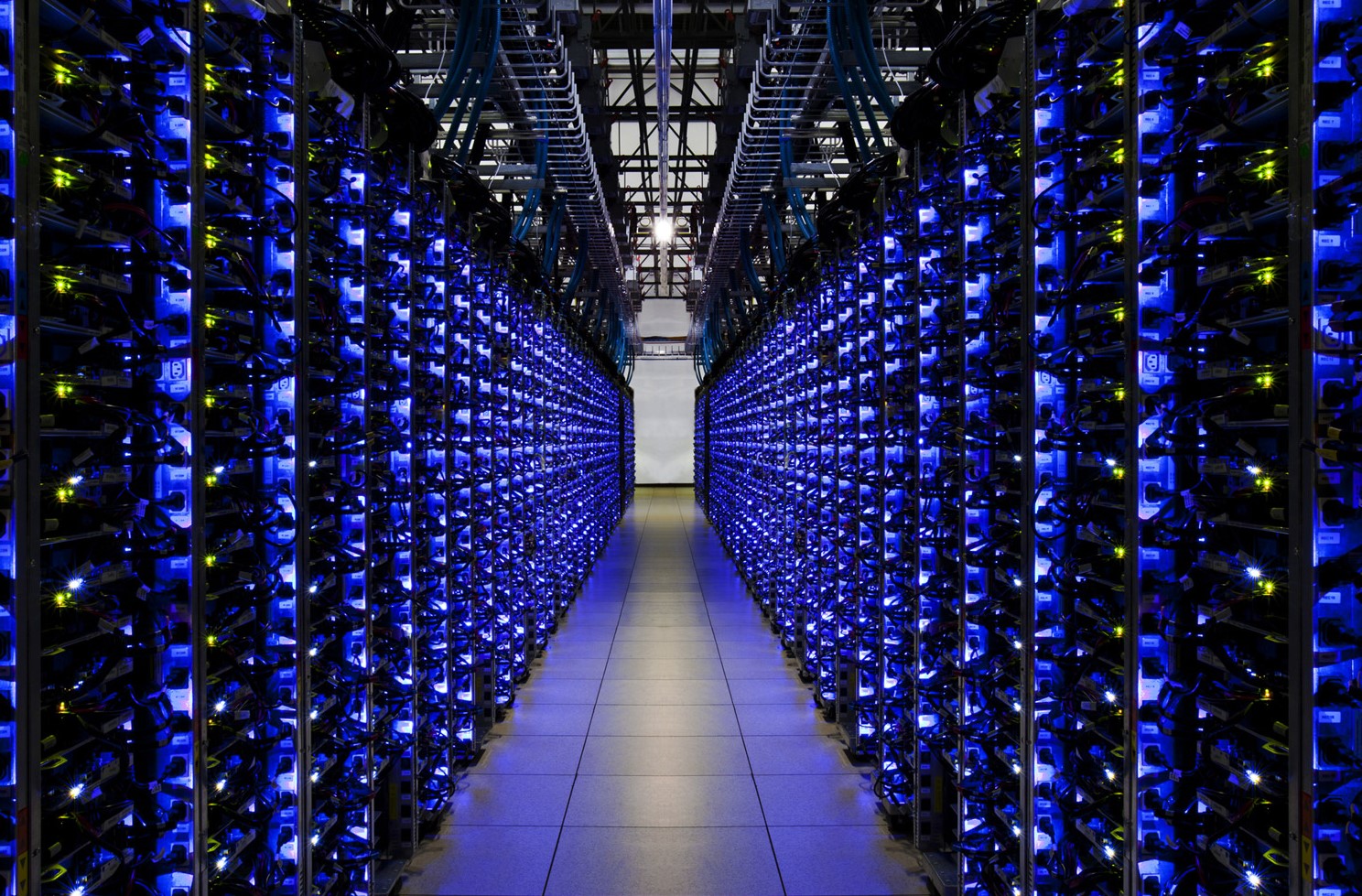Historic binding agreement reached to cut greenhouse gasses from HFC
There are roughly 1.6 billion new air conditioning units expected to come on stream by 2050, reflecting increased demand from Asia, Latin America, and Africa.
On 15 October 2016 in Kigali, Rwanda nearly 200 nations have agreed a legally binding agreement to cut back on greenhouse gasses used in refrigerators and air conditioners, a significant move against climate change.
The International deal would require countries to phase out greenhouse gasses called hydrofluorocarbons beginning in 2019.
Under the agreement, developed nations, including much of Europe, the United States, China, and India commit to reducing their use of the gasses incrementally, starting with a 10 percent cut by 2019 with the goal of an 80% reduction globally by 2047. But many wealthier nations and companies have already begun to reduce their use of HFCs.
A parallel deal was struck last year in Paris to slow the growth of carbon emissions, the most prevalent greenhouse gas emitted by the burning of fossil fuels. That deal entered into force earlier this month. But unlike the Paris agreement, the Kigali deal is legally binding, has very specific timetables and has an agreement by developed economies to help emerging countries adapt their technology.
The HFC agreement comes in the form of an amendment to the Montreal Protocol, an international treaty undertaken nearly 30 years ago to protect the Earth’s ozone layer.
According to the Wall Steet Journal article, Chemours Co., a publicly traded chemicals company spun off from DuPont Co. last year (and Locus Technologies customer), said that it was introducing a new line of gasses to help replace HFCs for some industrial-scale refrigeration and air-cooling systems.
The deal is the latest installment in the US administration’s efforts to curb the global greenhouse-gas emissions that scientists say are warming the planet with harmful consequences. Earlier this month, countries also agreed to limit carbon emissions from global aviation for the first time ( http://locustec.com/blog/epa-plans-regulate-carbon-emissions-aircraft/ ).
HFCs account for about 1% of global greenhouse-gas emissions and 1.5% of all U.S. greenhouse-gas emissions, according to the U.S. Energy Information Administration. But they are considered one of the fastest-growing greenhouses gasses in the world. The agency predicts HFC emissions could increase up to 15% a year globally if they aren’t limited.
As a greenhouse gas, HFCs are more potent than carbon dioxide. Their heat-trapping capacity can be hundreds or thousands of times that of carbon dioxide, according to the U.S. Environmental Protection Agency. Plus, some HFCs can stay in the atmosphere for hundreds of years, according to a 2007 report by the Intergovernmental Panel on Climate Change. As a result, even small amounts can have profound, long-lasting effects on the environment.
HFCs belong to a family of compounds known as fluorinated gasses. Such substances don’t exist in nature; they are entirely man-made, according to the EPA. After the Montreal Protocol, HFCs were developed to replace another class of fluorinated compounds, known as chlorofluorocarbons, because these were depleting the ozone layer.
One of the industry challenges will be to track, organize, and report on avalanches of data stemming from the binding HFC compliance requirements. SaaS like Locus Platform is ready for the challenge.


